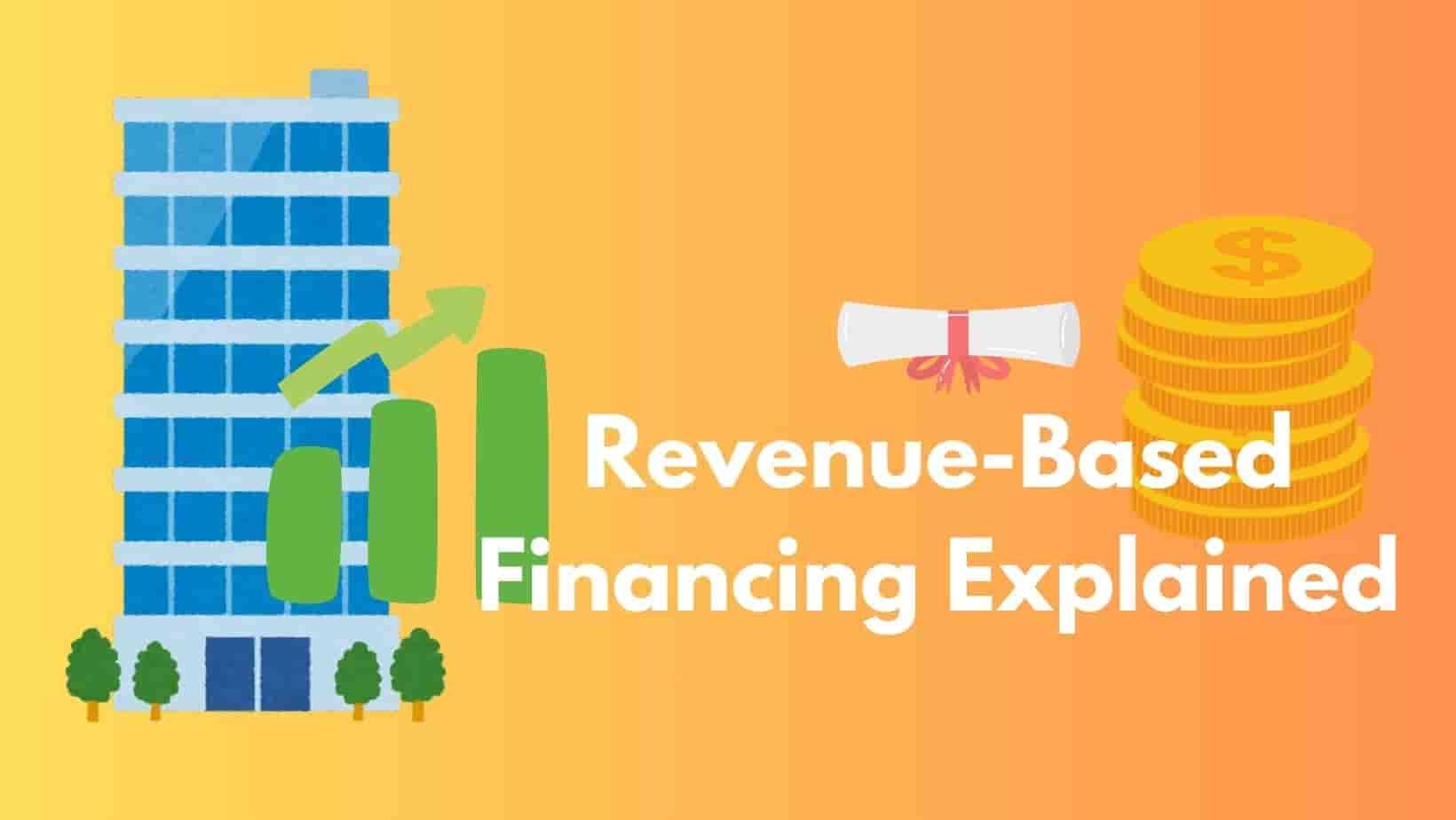Revenue-Based Financing Explained: Benefits, Types & How It Works

Revenue-based financing (RBF) has become a popular and innovative funding solution for businesses seeking capital without the traditional constraints of conventional loans or equity financing. Offering flexibility and scalability, RBF is quickly gaining traction as an attractive financing model, especially for startups and growth-stage companies with predictable revenue streams. In this comprehensive guide, we will delve into the intricacies of revenue-based financing, its various types, and the key benefits it offers to both businesses and investors.
What Is Revenue-Based Financing?
Revenue-based financing is a funding model where investors provide capital to a business in exchange for a percentage of the company’s future gross revenues. This arrangement continues until the investor receives a predetermined repayment amount, which is typically higher than the original capital raised. RBF is an ideal option for businesses that have a steady cash flow but are not yet ready for or do not wish to give up equity to raise funds.
Unlike traditional loans, where businesses must meet fixed repayment schedules regardless of income fluctuations, RBF is tied directly to the company's performance, particularly its revenue. This flexible structure allows businesses to repay based on what they earn, making it a more adaptable and scalable solution for many.
Key Features of Revenue-Based Financing
-
Flexible Repayment Structure:
RBF repayments are linked to a fixed percentage of the company’s monthly gross revenue. This means that during periods of high revenue, repayments will be higher, while during slower periods, the repayments will naturally decrease. This adaptability provides businesses with the ability to align their debt obligations with their revenue cycles, thus reducing financial strain during lean months. -
No Equity Dilution:
One of the most attractive aspects of RBF is that business owners retain full ownership and control of their companies. Unlike equity financing, which requires entrepreneurs to give up a portion of their ownership, RBF allows them to raise capital without surrendering any equity or decision-making power. -
Capped Repayment Amount:
While RBF is performance-based, it usually comes with a cap on the total repayment amount, providing transparency and clarity to business owners. This cap gives companies a clear understanding of how much they will need to repay, which can help in future financial planning.
Types of Revenue-Based Financing
-
Traditional Revenue-Based Financing (RBF)
This type of financing is commonly used by startups, SaaS (Software as a Service) companies, and small businesses with predictable revenue streams. Investors provide funds in exchange for a percentage of the company’s revenue, typically to be repaid over a fixed period. As revenue grows, so does the repayment amount, but the overall loan term and repayment period remain flexible and tied to revenue performance. -
Pipe Revenue-Based Financing
PIPE (Private Investment in Public Equity) is a variant where established public companies can raise capital by issuing securities to private investors. While less common for small businesses, PIPE RBF allows more mature companies to access substantial capital injections while maintaining public company governance structures. -
Revenue-Based Small Business Loans
Designed for small businesses that may not qualify for traditional bank loans, these loans provide a much-needed infusion of capital. The repayment model is based on a percentage of the business's revenue, making them an excellent choice for businesses with varying income streams. With flexible terms and minimal barriers to entry, these loans are especially beneficial for businesses that lack significant physical assets.
Why Revenue-Based Financing Works
-
Flexibility in Repayments
The core advantage of RBF lies in its flexibility. Traditional loans require fixed repayments, which can create cash flow problems for businesses with fluctuating revenues. In contrast, RBF adjusts repayment schedules in real-time, ensuring businesses never pay more than they can afford. This makes RBF a more viable long-term solution for companies operating in industries with variable income. -
Maintaining Full Control
Unlike equity financing, RBF allows business owners to maintain complete control of their companies. They do not need to give away ownership stakes or sacrifice decision-making rights to investors. This autonomy is crucial for entrepreneurs who are passionate about retaining their vision for the business and scaling it according to their strategies. -
Growth-Focused Financing
RBF is typically employed by businesses looking to fuel growth initiatives such as product development, marketing campaigns, or market expansion. The capital raised can be used to support these efforts without the constant pressure of fixed loan payments. Furthermore, RBF is ideal for businesses that are looking to expand quickly and want to avoid the burdens of conventional debt. -
No Collateral Requirements
Traditional loans often require businesses to pledge physical assets as collateral, such as real estate or equipment. RBF, however, relies solely on revenue projections and the company’s ability to perform. This makes it an attractive option for businesses that lack significant assets but still have predictable, scalable revenue streams.
Key Considerations for Businesses Seeking Revenue-Based Financing
-
Stable Revenue Streams
To qualify for RBF, businesses need to demonstrate a history of stable and recurring revenues. Companies with volatile income may find it challenging to secure RBF, as it is difficult for investors to assess the repayment feasibility without predictable cash flow. -
Growth Potential
Investors are particularly interested in businesses with high growth potential. Whether through innovative products, entering new markets, or expanding their customer base, businesses seeking RBF must show they have a solid growth trajectory. -
Clear Financial Records
Transparent financials are essential for qualifying for revenue-based financing. Investors will need access to accurate financial statements and projections to assess the business's performance and predict its future revenues. Businesses with incomplete or unreliable financial records may face difficulties securing RBF.
When is Revenue-Based Financing the Right Choice?
Revenue-based financing is best suited for businesses that have:
- Predictable Revenue: Companies with consistent, recurring income streams, such as SaaS providers, subscription-based models, and e-commerce businesses, are ideal candidates for RBF.
- High Growth Potential: Startups and companies looking to scale quickly but do not wish to dilute their ownership through equity financing can benefit greatly from RBF.
- No Physical Assets: For businesses that lack assets for traditional loans, RBF can provide the necessary capital without requiring collateral.
Conclusion: A Powerful Tool for Growth and Flexibility
Revenue-based financing offers a compelling alternative to traditional funding methods, particularly for businesses with predictable revenue streams and high growth potential. By offering flexibility, retention of control, and a performance-based repayment structure, RBF is proving to be an invaluable tool for startups and small businesses looking to fuel their expansion without taking on the burdens of traditional loans.
For more insights into financing options for businesses, you can explore related topics on Private Equity Financing and Alternative Business Financing. These resources will help you understand various ways to fund your business while minimizing risks and maximizing opportunities.






